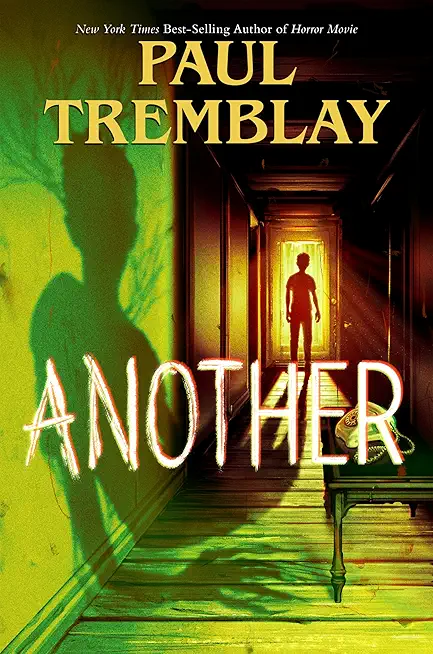Item is not available
member goods
No member items were found under this heading.
listens & views

ASPECTS OF LOVE: PHANTOM OF ...
by ASPECTS OF LOVE: PHANTOM OF THE OPERA / VARIOUS
COMPACT DISCout of stock
$6.75
Return Policy
All sales are final
Shipping
No special shipping considerations available.
Shipping fees determined at checkout.






